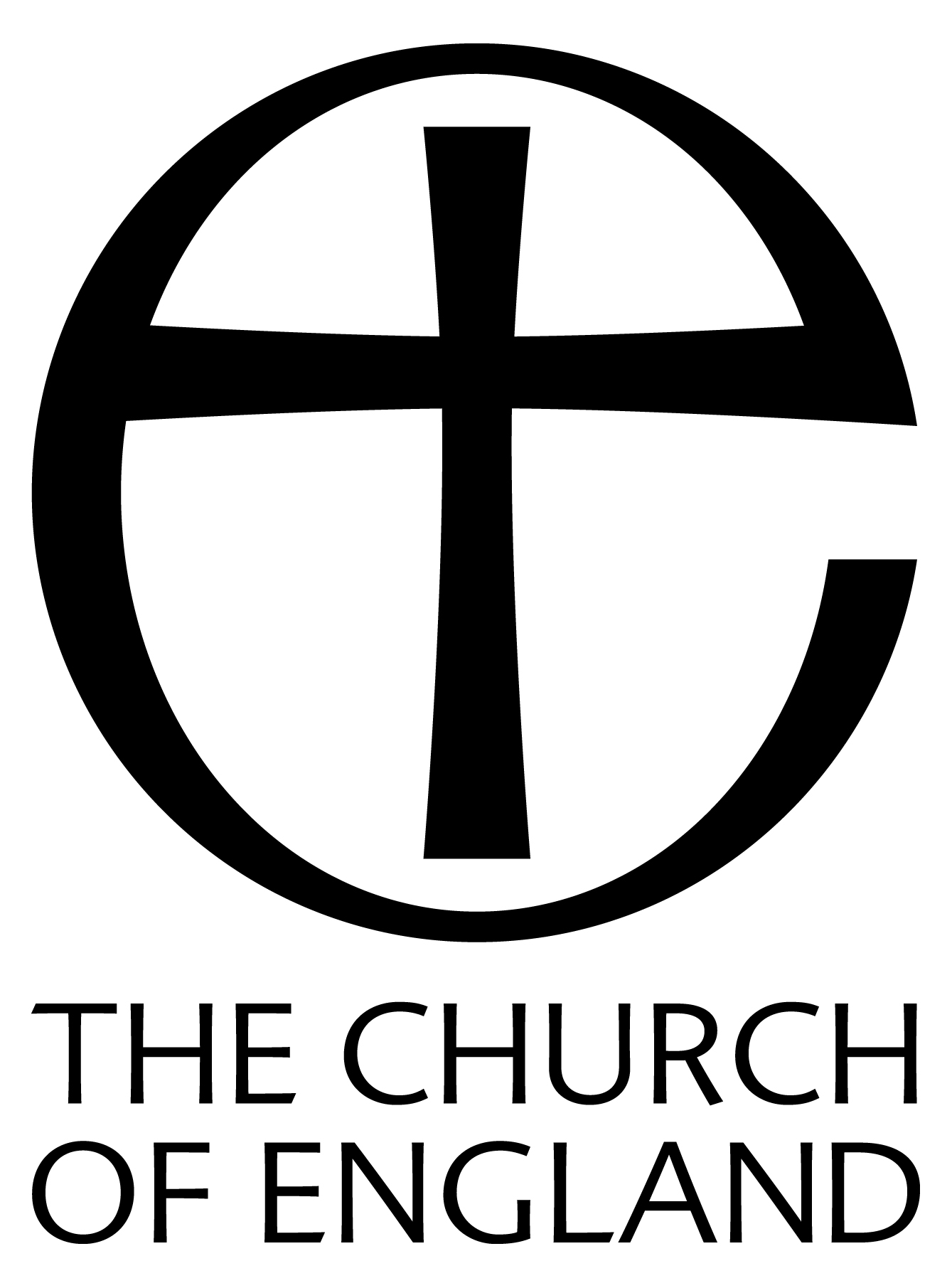Reproduced from
DRYPOOL -
Being a History of the Ancient
Parish of Drypool cum Southcoates
by M. Edward Ingram (1959)
by M. Edward Ingram (1959)
| < < < | > > > |
|
The furniture from the old church appears to have been transferred to the new one, and three months after the opening the Churchwardens were empowered to exchange" the present Communion Table, it being too small." Four years later, "the Lord's Prayer, the Belief and the Commandments" were set up, and permission was granted" to beautify the Altar." For the opening of the new church a further subscription was raised to buy" two New Cups for the Communion Service." This produced five guineas, which, "together with the Value of the Old Cup," was sufficient, the new ones being purchased from Mr. Denton Northgraves, Jeweller, of 32, Silver Street. These do not appear to have survived, but there is a handsome cup at St. Columba's which has the Birmingham assay mark for 1814. In 1827 Henry Venn became Vicar of the parish. Son of John Venn of Clapham, and grandson of Henry Venn of Huddersfield, he is best known as the Secretary of the Church Missionary Society, a position which he held from 1840 to 1872. Henry Venn's grandson, Dr. John Venn, in his" Annals of a Clerical Family," says: "He laboured for nearly seven years, making many friends and introducing all the various parochial schemes now so familiar-Sunday Schools, district visiting, Missionary collections, etc." When there was a cholera epidemic, he saw that the houses of the victims were properly fumigated. In 1831, he started a " Religious Society," basing his rules on those of a similar society founded by the Reverend John Scott, of St. Mary's. The members met fortnightly on Wednesdays, "the time scarcely to exceed an hour and a quarter." The religious exercises were to "consist of expounding the scripture, Prayer, conversation, and the singing of one or at the most two |
Venn himself, in one of his letters, says: "Drypool is not a place which everyone could or would undertake. The income is improving and may be stated at £230, but the parsonage house is in a deplorable local situation. . . . It is in itself a good and suitable building, but is placed in a most abominable situation, above a mile from the church, a brick-field in front, the great Holderness Drain on one side, the passage to the house for half a mile, not deserving the name of a road and utterly impassable for half of the year. . . and the population altogether of the lower ranks, with an overwhelming mass of surrounding poverty, about 6,000 poor and none but poor." The population was just over 2,000, but adding that of the Groves the numbers did reach 6,000. Although this area was actually in Sutton, Drypool was the nearest church, until St. Mark's was built in 1843 to the designs of Henry Francis Lockwood. In 1834 it was decided to install an organ. A Committee was formed and a subscription list opened, to which 95 people contributed. The organ was built by John Ward of York, at a cost of £160. It was set up in a gallery in the apse, where it completely dominated the altar. The organist of Christ Church, C. J. Skelton, opened the instrument on Sunday, 6th July, 1834, "when there were three Services and Collections amounted on the whole to £21 lOs. 4d." The first organist, who commenced duty the following Sunday, was George Leng, his salary being £15 a year. In 1846 a clock was placed in the church tower, and three years later James Harrison who had made it was appointed to attend to this "for the sum of three pounds." This commences in 1822. The Vestry met on Easter Monday, and appointed Wardens, and examined the |

|
|

|
|